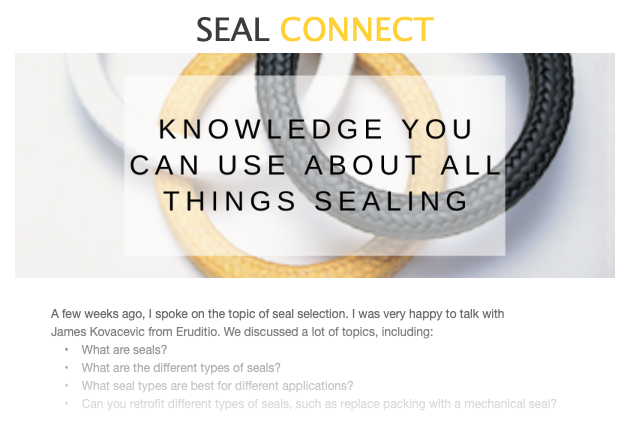Why Proper Lubrication Is Key to Maximizing Bearing Protection
It’s no secret that maximizing bearing protection is critical to the industrial sector. In fact, bearing failure can cost industries billions of dollars every year. And when you factor in replacement parts, ancillary equipment failures, downtime, wasted product and labor hours, these costs may be even higher than calculated by plant teams.
That’s why clean, efficient lubrication practices are essential to long bearing life. They can mean the difference between lucrative uptime and costly downtime.

Why Maximizing Bearing Protection Is Crucial
According to a recent article in Processing magazine, a 2015 MIT bearing study estimated that poorly lubricated equipment can cost industries in the U.S. about $240 billion.
“This estimate gives plant teams about 240 billion reasons to care about protecting their bearings and ensuring the delivery of clean lubricant to those bearings,” the article explained.
How to Maximize Bearing Protection with Proper Lubrication Practices
Reliability teams can take these five steps towards optimal lubrication practices:
- Selecting the correct type of lubricant for the asset it will be used on
- Using the right quality of storage and handling
- Applying the correct amount of lubricant
- Utilizing the correct lubricant in the appropriate asset
- Deciding to replace the lubricant at the correct time
According to the article, if teams follow all these steps, the lubricant may operate reliably for years.
So this begs the question: Why do most plants and facilities encounter problems?
“Somewhere along the way, something goes wrong.” the article said. “It is often within the bearing housing itself.”
To prevent this problem, a simplified approach to bearing isolator design may make a huge difference. This bearing isolator may eliminate contaminants in lubricants.
Read the complete article on processingmagazine.com to learn more about optimizing bearing protection using proper lubrication practices.
 SEAL CONNECT
SEAL CONNECT Find Your Sealing Solution
Find Your Sealing Solution